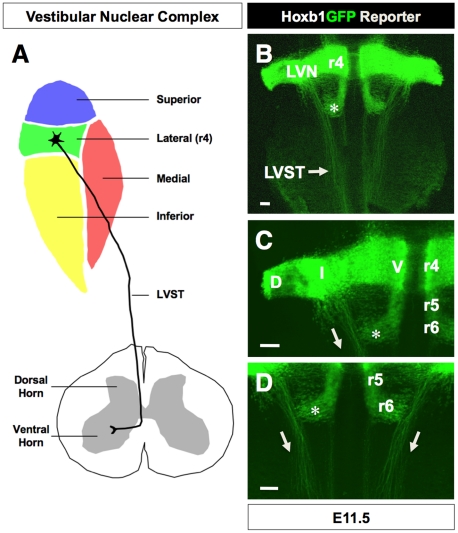Figure 1. Hoxb1-GFP reporter defines the rhombomere 4 origin of the lateral vestibulospinal tract.
(A) Schematic diagram of the vestibular nuclear complex (VNC) and the projection pattern of the lateral vestibulospinal (LVST) originating from the lateral vestibular nucleus (LVN). The LVST extends the spinal cord, ends on motor neurons activating extensors and is responsible for decerebration rigidity. The medial VST, which also projects ipsilaterally (not shown for clarity), ends at the thoracic level and is responsible for head eye movement integration. (B, C, D) Flat mount preparation of E11.5 embryo harboring the GFP gene targeted into the Hoxb1 locus. The pial surface of the embryo is exposed to better visualize Hoxb1-GFP-labeled axons of the LVST originating from rhombomere 4 (r4) and projecting to the ipsilaterally spinal cord (arrow). The LVST lies dorsolateral to the facial branchial motoneurons that have migrated caudolaterally from r4 to r6 (asterisk). Abbreviations: D, dorsal; I, intermediate; V, ventral; r, rhombomere. Scale bars (B–D = 100 µm).

